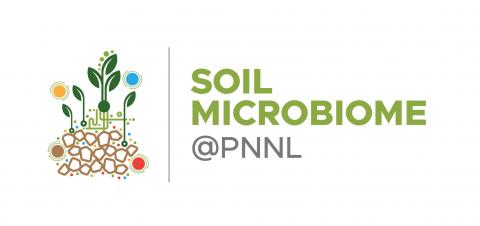Soil Microbiome Science
Soil Microbiome Science
Advancing our understanding of how soil microbial communities respond to—and affect—changing environmental conditions

Graham Bourque | Pacific Northwest National Laboratory
News & Highlights
October 17, 2024
Soils from Six Continents Add Up to Largest Database of Viruses Beneath Our Feet
September 10, 2024
Three PNNL Researchers Receive DOE Early Career Research Awards
August 20, 2024
Evaluating Factors Shaping Grassland RNA Viral Communities
July 24, 2024
Predicting Metabolic Potential in Bacteria From Limited Genome Data
July 22, 2024
Enormous Diversity and Biogeochemical Potential Is Contained within the Soil Virosphere
December 14, 2023
Direct Detection of Phage-Host Interactions in Soils
March 10, 2023
Soil Lipids Offer New Insights into Microbial Community Responses to Abiotic Stress
November 10, 2022
Keystone Functions of a Minority Species Drives Overall Soil Microbial Metabolism
February 21, 2022
Exploring Underground Ecosystems
September 24, 2021
Moisture Modulates Soil Reservoirs of Active DNA and RNA Viruses
November 9, 2020
Model Microbial Consortium Simplifies Soil Microbiome Complexity
July 23, 2020
Deep Learning to Predict Interspecies Spatial Interactions from Microbial Assembly Patterns
July 23, 2020
Deconstructing the Soil Microbiome
July 24, 2020
Integrative Network Modeling Reveals Key Drought-Associated Genes Key in the Soil Microbiome
February 28, 2020
Peeking Into the Lives of Soil Microbiomes
October 14, 2019
Protecting climate-sensitive soil ecosystems


